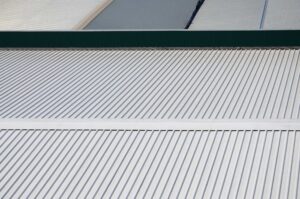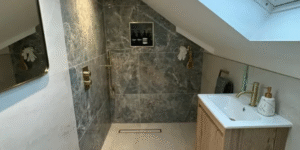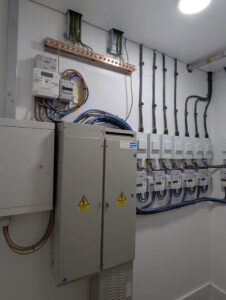
Wood Destroying Pest Inspection paperwork on a desktop
Buying a home is an exciting achievement, but it also involves numerous important steps—especially for first-time buyers. Beyond negotiating the price and choosing the perfect neighborhood, one of the most crucial inspections is the WDO inspection.
If you’re in an area like Florida, where pests are common, understanding what this inspection covers can help you avoid expensive surprises. Let’s dive into what a WDO inspection entails.
What Does WDO Stand For?
WDO refers to Wood-Destroying Organisms—including termites, certain beetles, and fungi such as dry rot and wet rot. These pests and fungi gradually weaken wooden structures, potentially compromising your home’s safety and value.
Typical examples include:
- Termites (drywood and subterranean)
- Wood-boring beetles
- Fungal infestations like dry and wet rot
These organisms can cause extensive, often hidden, damage.
What Is a WDO Inspection?
A WDO inspection is an assessment performed by a certified professional to identify signs of wood-destroying pests and fungi. Unlike a regular home inspection, it specifically targets pests that threaten wooden components.
What Does the Inspection Involve?
During the inspection, the professional examines:
- Areas with visible pest activity
- Signs of past damage
- Conditions that could promote future infestations
Key locations checked include:
- Window and door frames
- Baseboards and molding
- Attics and crawlspaces
- Flooring and subfloor areas
- Wooden structures like garages and sheds
- Roof connections and vents
Following the inspection, a detailed report is provided—often a necessary document for lenders during the home-buying process.

How Is a WDO Inspection Different from a Termite Inspection?
While similar, a WDO inspection is broader. It looks for all types of wood-destroying organisms, including fungi and beetles, not just termites.
A termite inspection focuses solely on termite activity. If your lender requests a WDO report, a termite-only inspection will not meet the requirement.
How Can You Tell If Your Home Has WDO Damage?
Since WDO damage can be hidden, look out for these signs:
- Soft, spongy, or crumbly wood
- Floors that are uneven or squeaky
- Mud tubes on walls or foundations
- Discolored drywall or peeling paint
- Small holes or pinpoint damage in wood
- Doors or windows that stick or won’t close properly
- Discarded insect wings around your property
Because these signs aren’t always obvious, hiring a licensed professional for a WDO inspection near you is the safest way to ensure your home is pest-free.
Is a WDO Inspection Part of a Standard Home Inspection?
Typically, no. While some home inspectors may perform a WDO inspection as an add-on, it’s usually a separate process with its own report.
Many companies, like Guardian Angel Inspections, offer combined services where both home and WDO inspections are completed during a single appointment—saving you time and money.
What Is the Cost of a WDO Inspection?
The cost generally falls between $100 and $250, depending on the size and location of the property. Bundling this with a full home inspection can sometimes provide discounts.
For example, Guardian Angel Inspections offers affordable inspection packages across South Florida, helping homeowners detect pests early.
Do You Need a WDO Inspection if You’re Paying Cash?
Yes. Even if you’re paying in cash and not financing the home, a WDO inspection is a smart investment. Hidden infestations can lead to costly repairs down the line—costs no new homeowner wants to face.
Final Thoughts: Safeguard Your Home from WDO Damage
Before finalizing your home purchase, ensure it’s free from pests and fungal decay. A professional WDO inspection provides peace of mind and confidence in your investment.
Looking for a WDO inspection in Florida? Contact Guardian Angel Inspections at (561) 512-7854 or visit our website to schedule your thorough inspection today.
Free post – click here





